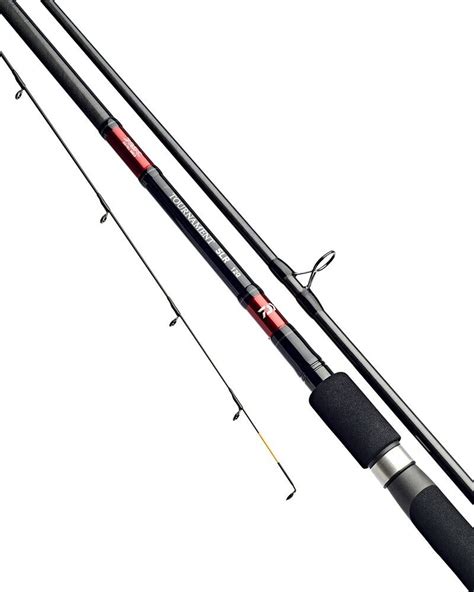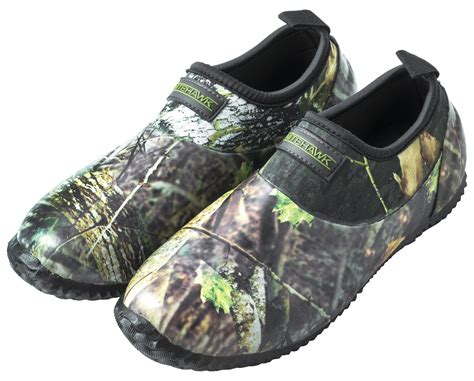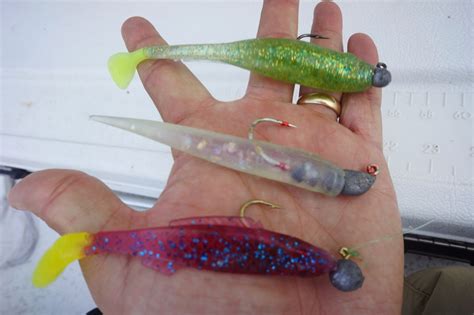The art of squid jigging has evolved significantly since the introduction of the Red Gill Original Lures in the 1950s. These lures, originally designed and manufactured in Cornwall, England, continue to be produced in the South West of England, adapting to the ever-changing demands of the fishing world. The influence of the Japanese squid tournament scene has led to an endless variety of types and colors of squid jigs.
One popular technique involves suspending a squid jig about 2 meters below a float. Renowned brands like Yamashita, with over 75 years of experience, offer high-quality lures suitable for various methods such as casting, slow jigging, and trolling. The OROOTL Luminous Squid Jig Hooks, for instance, include fluorescent cuttlefish sleeve jigs and octopus squid lures, making them highly effective for nighttime fishing.
Choosing the right squid jig is crucial, with factors like color, size, and weight playing significant roles. Online charts can guide anglers on the appropriate color based on feeding activity and water clarity. Each lure’s packaging indicates its sink rate, helping anglers gauge the depth of their lure by counting seconds after it hits the water. It’s important to have a variety of sizes, colors, and weights, as squid often show preference for specific jigs.
The design of these jigs is equally important. Squid jigs, or ‘egi,’ mimic the appearance of baitfish or prawn, with a keel-shaped weight at the front and sharp, barbless prongs at the rear. They are designed to fall slowly, enticing squid that often strike falling objects. The Nomad Design Squidtrex is an example of a versatile squid-shaped lure that can be used for vertical jigging or cast and retrieve methods.
Understanding the behavior of squid is key to successful jigging. Prime times for targeting squid include hours around sunrise and sunset, when they are more active. Light PE lines and 8-12lb fluorocarbon trace offer a combination of strength and invisibility, enhancing the chances of a successful catch.


